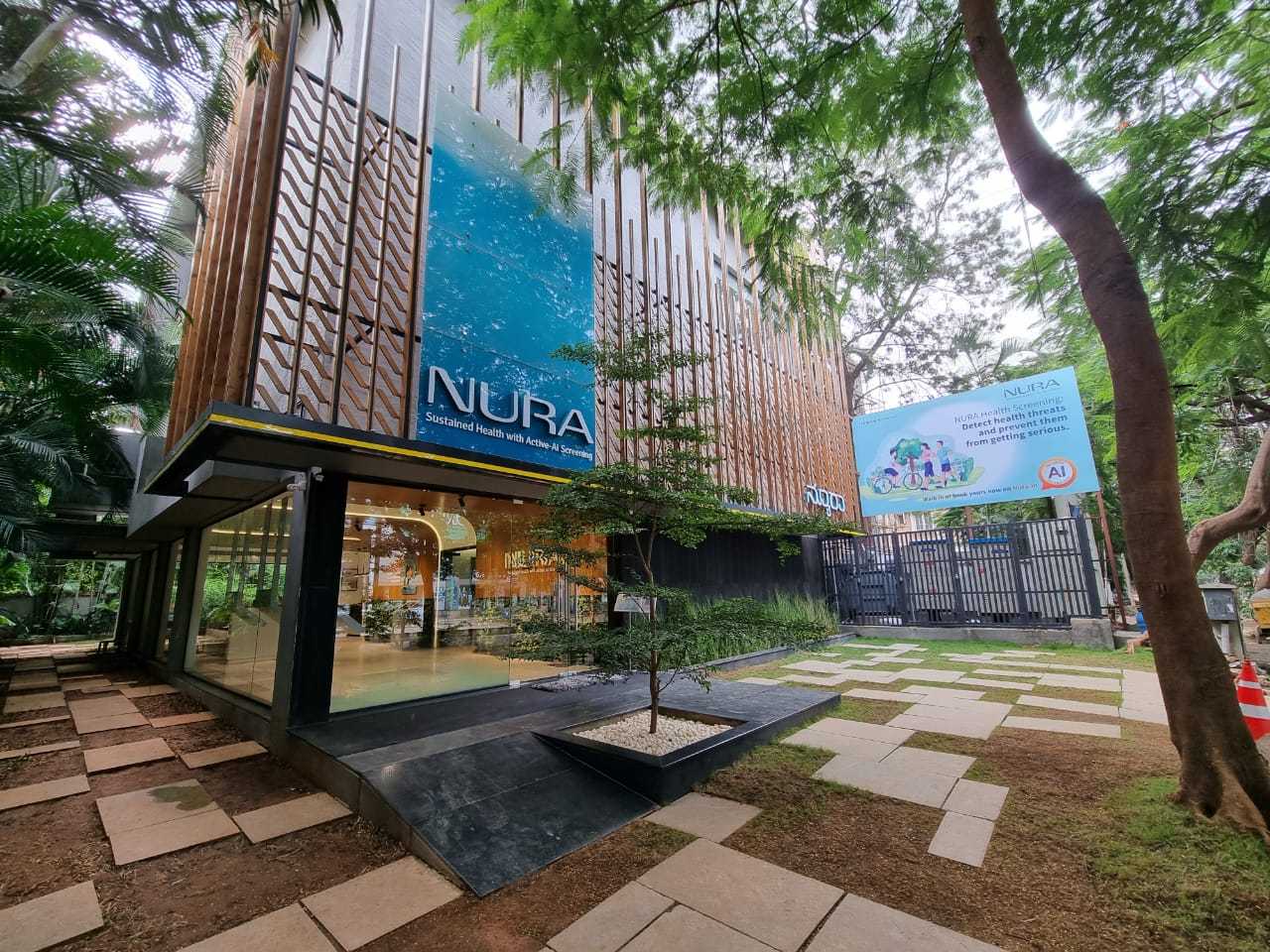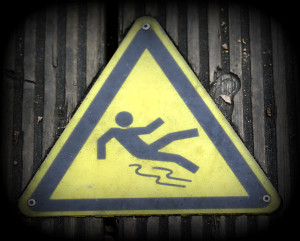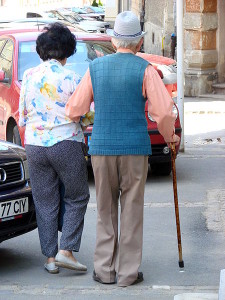How to prevent unnecessary falls
Falls are a common cause of injuries and fatalities in the elderly. Physiotherapist Dr Nidhi Kumar explains what are the factors that contribute to it and how to avoid them. Read on…
Falls are preventable health problems that can cause moderate to severe injuries and may become primary cause of deaths in persons above 65 years of age. High risk of falls in the elderly can be attributed to many factors, which are broadly categorised into two groups. These are extrinsic/external factors (environment related) and intrinsic/internal factors (age related).
Why falls happen
Intrinsic/internal factors are:
- Poor muscle function due to ageing
- Reduced co-ordination due to ageing
- Medication use
- Impaired vision
- Sensory deficits
- Alcohol consumption
- Poor nutrition
- Fall from bed due to disorientation, vertigo, poor balance/muscle power due to chronic illness, etc.
- Neurological problem such as Stroke, Parkinson’s, which affects balance, gait and postural disturbances, neuropathy, myopathy or muscle disorders, etc.
- Loss of consciousness due to epileptic convulsions, cardiac problems, dehydration, vertigo, etc.
Extrinsic/external factors are:
- Slippery floors
- Broken pavements
- Slippery rugs/mats
- Folded carpet edges
- Use of faulty/improper footwear
- Use of faulty /improper walking aids
- Electrical wires, etc
Falls may cause moderate to severe injuries. The following are health hazards caused due to falls:
- Fractures; most commonly seen at hip, spine, ribs, forearm, pelvis, hand, ankle, etc. The bones in elderly are already weakened due to osteoporosis. Any trivial trauma may become a trigger for fracture. This leads to dependence, bed recumbancy, reduced activity and mobility, which further leads to enhanced rate of osteoporosis.
- Head injury; which may vary from a mild concussion to severe injury, may become fatal even.
- Ligament sprains.
- Psychological fear leading to dependence, further fear of falling and increased self-restriction of activities.
- Increased morbidity and bed recumbancy.
How to prevent
 1) Exercise regularly: Ageing process, reduced activity level, morbidity, etc. are few factors which lead to reduced muscle strength, balance & co-ordination. This may pre dispose the elderly to falls. Thus organising camps or group interventions motivates the elderly and also gives them a chance to socialise.
1) Exercise regularly: Ageing process, reduced activity level, morbidity, etc. are few factors which lead to reduced muscle strength, balance & co-ordination. This may pre dispose the elderly to falls. Thus organising camps or group interventions motivates the elderly and also gives them a chance to socialise.
2) Ergonomics: Free active and resistive exercises should be done using thera-tubes, thera-bands, putty, pulleys, balls, etc.10 repetitions each 2-3 times a week throughout range of motion.
3) Regular eye check-up: Regular eye check-up should be done and glass power updated to maximize vision.
4) Reduce fracture risk: Elderly should be regularly screened for osteoporosis through bone density tests, DEXA scan etc. Adequate calcium and vitamin D levels in blood should be maintained through dietary intake and through supplements too. Weight bearing/loading exercises should be regularly followed to strengthen and enhance bone health.
5) Postural hypotension: Regular blood pressure check-up, regular updating of medications. If patient has regular postural hypotension attacks, ask him/her to lie down immediately with foot end of bed elevated. Ask patients to perform ankle pumps.
6) Medication review: Ask the doctor to review medication that may cause dizziness/drowsiness. Few drugs that cause drowsiness thereby increasing the risk of fracture are sedatives, tranquilizers, anti-hypertensive, cardiac medicines, hypo-glycaemic agents, etc.
7) Prepare a home check safety list
In the living room:
a) Remove throw rugs.
b) If you have carpeting, secure carpet edges on floor & stairs.
c) Reduce clutter on the floor and reduce wire clutter.
d) Install handrails on your stair case.
e) Avoid slippery tiles and waxing the floor.
f) Use anti-skid mats.
g) Ensure adequate lighting in lobby/walking areas
In your bathroom:
a) Install hand rails in shower and bath tubs.
b) Use anti-skid mats.
c) Avoid wet surfaces.
d) Avoid detergent/soap spillage on floor.
Safe footwear and walking aids
a) Ensure proper balance of walking aids.
b) Do a regular check of anti-skid rubbers/buffers of walking aids.
c) Ensure proper hand grips.
Foot wear
a) Do a regular check of footwear wear & tear.
b) Do a regular change of footwear grip & comfort.
These are simple steps to follow and maintain. Do remember that regular screening and modifications can prevent falls in elderly, thereby improving upon geriatric health, wellness and lifestyle.
(All pictures courtesy: Wikimedia Commons)
About the author: Dr Nidhi Kumar is a physiotherapist, currently completing a masters in Physiotherapy, with specialization in Orthopedics. She also works as the wellness manger in a hospital set up, with focus on lifestyle disorders, obesity management,ante-natal and post-natal management, nutrition and diet.
Comments

K V Pathy
16 Nov, 2012
Very interesting and useful.

Anonoymous
06 Mar, 2012
[...] Cot sides: The correct use of a cot side is to create a solid barrier to prevent the sleeper from falling out of bed. The falls and their fatal effects have been discussed in an earlier article here. [...]
You may like to read:

Health and wellness
Five Lifestyle Changes To Ease Bladder Control

jessica smith
5 mins read

Health and wellness
Five things to keep in mind when considering organ donation

sunayana singh, ceo of organ india, an initiative of the parashar foundation
3 mins read

Health and wellness
How NURA Uses AI-Enabled Screening to make a difference in Preventive Healthcare

Silver Talkies
4 mins read



Post a comment